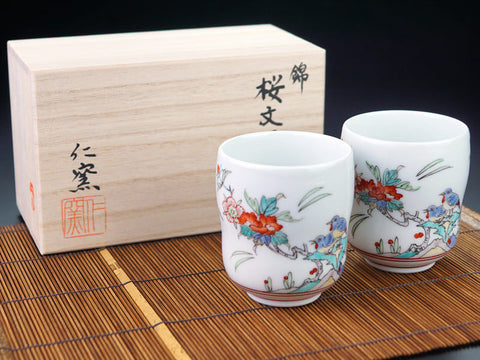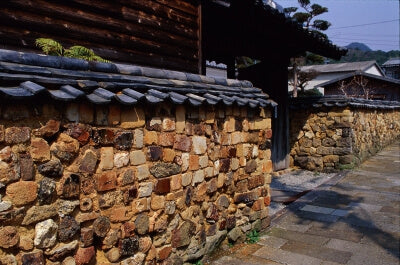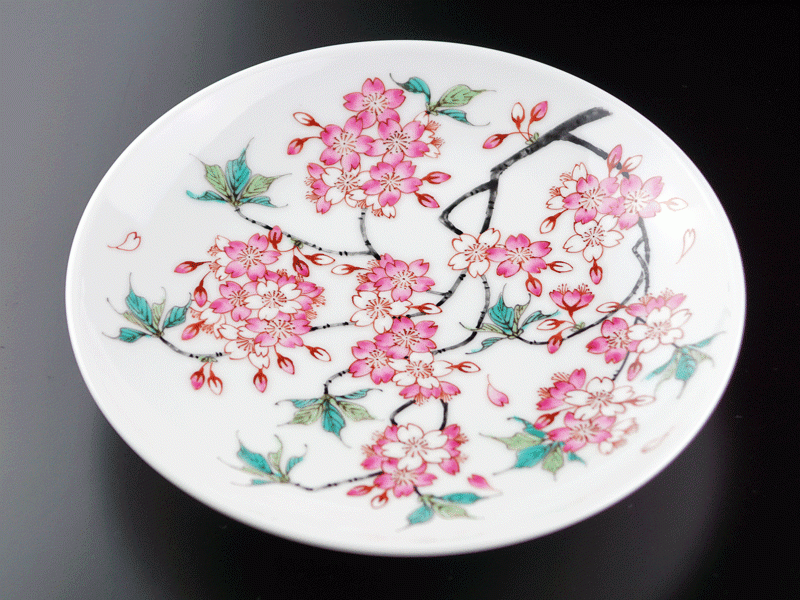Everything you know about teacups that you may not know about: their history, types, and differences from senchawan

Index
Roots of Yunomi
Yunomi, a type of tea cup, originated in China and was introduced to Japan as a tea utensil during the Nara and Heian periods. Over time, it evolved in Japan, becoming associated with tea culture. Initially, the term "chawan" referred to a bowl used for drinking tea, but during the Edo period, with the popularity of sencha (steeped tea), different types of tea bowls were used, such as those for sencha and those for hot water or coarse tea. Yunomi can be broadly categorized into two types: yunomi chawan and kumi-dashi chawan.
Versatility of Yunomi as a Multi-cup
While the history of yunomi began with ceramic ware, it has evolved, and today, yunomi is made from various materials such as glass and plastic. However, when it comes to tea, yunomi remains a popular choice due to its excellent heat retention. Transparent glass allows one to appreciate the color of the tea, while durable plastic is resistant to breakage. Yet, the warmth and comfort in holding are best experienced with ceramic yunomi. With advancements in technology, yunomi continues to evolve, offering a variety of colors, patterns, and improved shapes for ease of use and comfort. Recently, with increasing interest in Japanese culture abroad, yunomi with handles resembling mug cups have been created for the international market. Although similar in shape to mugs, ceramic yunomi provides a unique tactile experience and superior heat retention.
Differences Between Yunomi and Sencha Chawan
While both yunomi and sencha chawan are used for drinking warm water or tea, there are slight differences in their shapes, purposes, and usage scenarios. Sencha chawan is typically reserved for serving guests, while yunomi is commonly used for personal tea consumption. However, in contemporary settings, there is no issue with using yunomi for guests.
Versatile Use of Yunomi
Yunomi has a tubular shape with a slender grip, making it easy to hold with one hand and providing a comfortable drinking experience. Its narrow surface area minimizes heat dissipation, keeping the tea warm for an extended period. Yunomi is crafted from various materials such as glass, plastic, pottery, and porcelain, showcasing its versatility.
Kumi-dashi (Sencha) Chawan for Guests
Kumi-dashi chawan, synonymous with sencha chawan, has a wide mouth and a shallow bottom, making it unsuitable for sipping tea slowly. However, it is ideal for appreciating the color and interior of the tea vessel. Therefore, kumi-dashi chawan is often designated for serving guests, emphasizing its role in hospitality.
Yunomi for Guests
In modern times, given the diverse designs and forms of yunomi, many choose to present exquisite yunomi to guests. Prioritizing aesthetics and considering guests' preferences is essential when selecting yunomi for this purpose.



